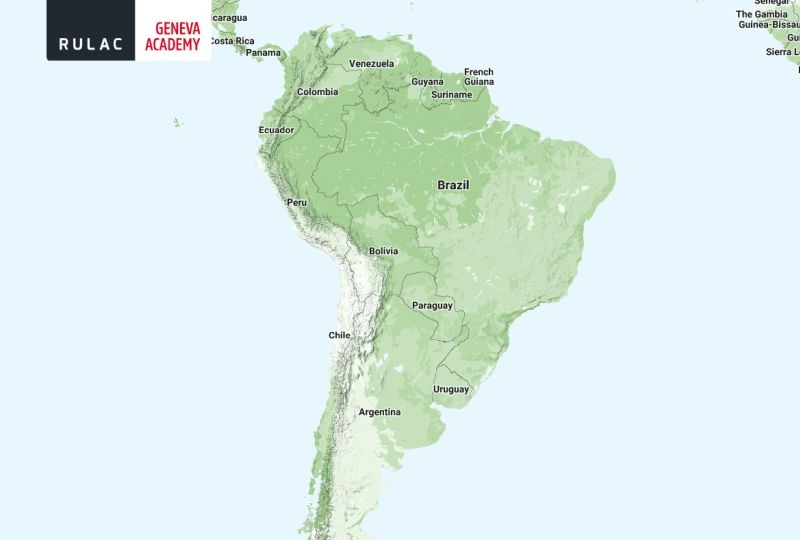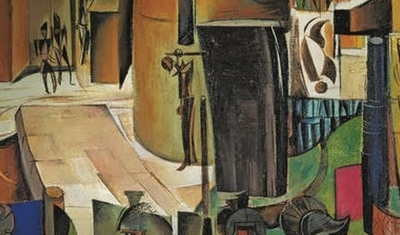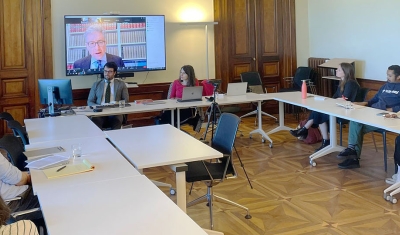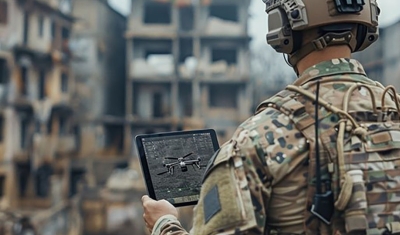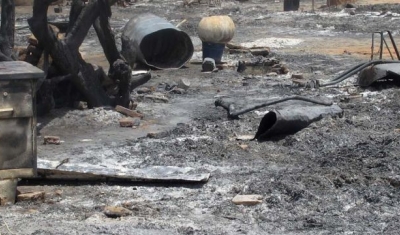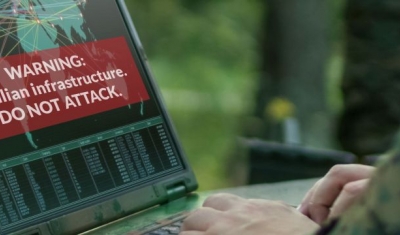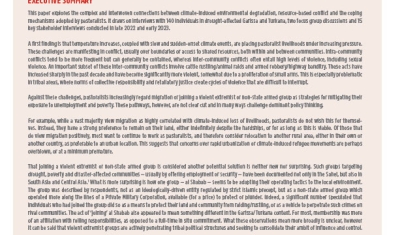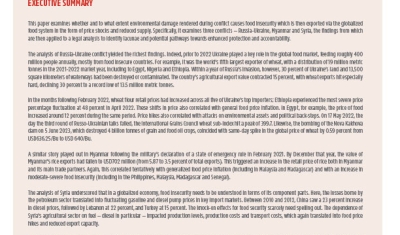According to the International Criminal Tribunal for the former Yugoslavia (ICTY), a NIAC exists whenever there is ‘protracted armed violence between governmental authorities and organized armed groups or between such groups within a State’. In other words, two criteria must be met: organization and intensity.
Organization refers to the parties to the conflict and the intensity of the armed violence. These two criteria are closely related, and both must be present. Whether they have been met is determined on a case-by-case basis.
Concerning the organization criterion, while State armed forces are presumed to fulfil it, non-state armed groups, to be sufficiently organized, must possess a certain command structure and a certain level of hierarchy and discipline. They must also have the capacity to sustain military operations and to implement the basic obligations of IHL.
As the new ICRC commentary states, the requisite intensity may be met ‘when hostilities are of a collective character or when the government is obliged to use military force against the insurgents, instead of mere police forces’, by opposition to internal disturbances and tensions, such as riots, isolated and sporadic acts of violence and other acts of similar nature.
In any case, the labelling of the armed group as terrorist or criminal, as well as the purpose or the ideology of the group are irrelevant.



